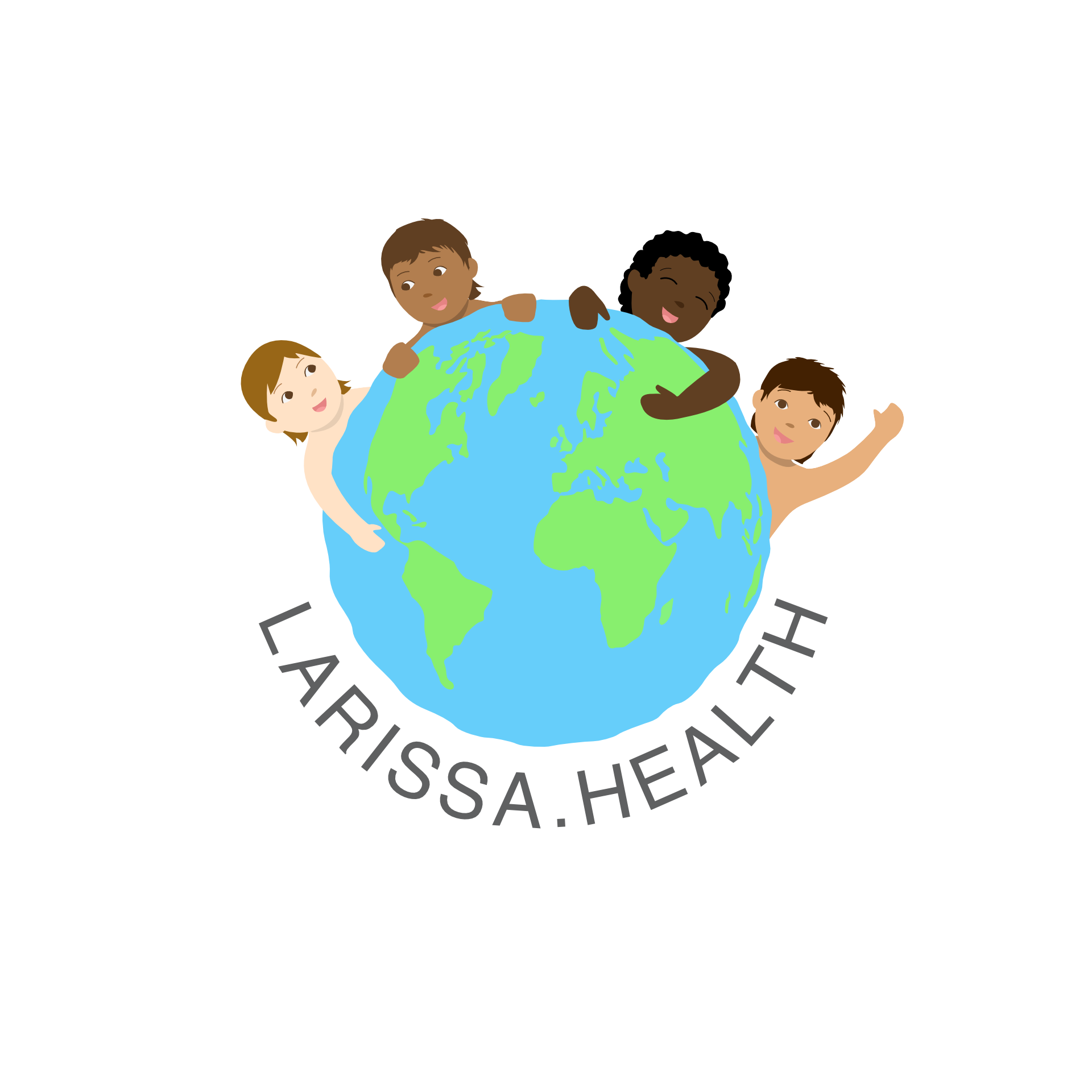Childhood Diseases Set for Post-Pandemic Resurgence
Increased Incidence of Severe Cases in Childhood Diseases like Chickenpox, Scarlet Fever, and Hand-Foot-and-Mouth Disease Expected.
During the COVID-19 pandemic, lockdowns, contact restrictions, and hygiene measures led to a significant decrease in traditional childhood diseases, as shown by the Barmer Arztreport 2023, presented in Berlin. The report examined diseases such as scarlet fever, chickenpox, hand-foot-and-mouth disease, infectious mononucleosis, measles, rubella, impetigo, roseola, and erythema infectiosum. Barmer's board member, Christoph Straub, indicated that an "intensive catch-up effect" is now expected.
This effect must be studied scientifically, as other diseases, such as mumps and chickenpox, are known to cause more complications and severe courses if they do not occur in early childhood. The report's authors explicitly warn of the consequences of a scarlet fever wave, as more severe cases could occur if it appears in schools among slightly older children rather than in kindergartens.

Most of the listed diseases are caused by viral pathogens, with exceptions being diphtheria, whooping cough, scarlet fever, and the occasionally mentioned bacterial impetigo. Hand-foot-and-mouth disease, however, defied contact restrictions. The fourth quarter of 2021 saw more children infected than during the entire observation period since 2005. Despite contact restrictions, diagnoses increased significantly in the following year, reaching 1,684 cases per 100,000.
The report states that this disease is tricky because a person can contract it multiple times, even in adulthood. It remains to be seen how the case numbers will develop without contact restrictions. The authors do not rule out a catch-up effect for vesicular stomatitis with exanthema, despite already high case numbers.
Joachim Szecsenyi, the report's author and managing director of the aQua-Institut in Göttingen, does not have a clear explanation for the increase in hand-foot-and-mouth disease. He speculates that the transmission route of smear infection could play a role. Straub mentions increased mobility and long-distance travel, as the virus is endemic in Asia.
The most significant declines from 2019 to 2021 were recorded for scarlet fever, erythema infectiosum, and chickenpox, decreasing by 90%, 81%, and 64%, respectively. Scarlet fever infections, caused by β-hemolytic streptococci, decreased from 2,083 per 100,000 in 2019 to 217 per 100,000 in 2021.
From 2006 to 2019, a declining trend was observed in most childhood diseases examined by Barmer, including scarlet fever, hand-foot-and-mouth disease, chickenpox, roseola, impetigo, and erythema infectiosum. In Germany, only chickenpox has a general vaccination recommendation since 2004, which has significantly contributed to the decline.
Data from 2022 is not yet available. However, there have been multiple reports on a catch-up effect and subsequent increase in various infectious diseases, such as respiratory syncytial virus (RSV).
The National Reference Center for Streptococci (NRZ) reported rising case numbers after a decline in invasive infections caused by group A streptococci (iGAS). NRZ Director Mark van der Linden told the German Medical Journal that the number of iGAS cases is still very high, with 168 cases already reported this calendar year. In January/February 2022, there were only 26 cases. In 2022, the total number of iGAS cases reached 339, while before the pandemic (2018 and 2019), there were around 300 invasive GAS cases annually.
The NRZ does not track scarlet fever cases, which are also caused by group A streptococci; currently, only three federal states do so. Due to the increasing numbers, the German Society for Pediatric Infectious Diseases (DGPI) converted its COVID-19 survey into a compARI survey in December 2022.
This voluntary clinical reporting system records invasive GAS infections, influenza, Staphylococcus aureus, and SARS-CoV-2 infections. As of March 13, 2023, the highest reported numbers are for iGAS, with 45 cases.
The COVID-19 pandemic and related measures led to a significant decrease in childhood diseases. However, an "intensive catch-up effect" is anticipated, which may result in more severe cases, especially if these diseases occur in older children. This effect must be thoroughly investigated to understand the implications and devise appropriate preventive measures. While some diseases have shown a declining trend, others, such as hand-foot-and-mouth disease, have persisted or even increased. The scientific community and public health officials must closely monitor these trends to ensure the well-being of children in the post-pandemic era.





